It hard not to be sad when thinking about the passing of loved ones, but the Mexicans make a pretty good job of it. The Day of the Dead, Día de Muertos, is a celebration of life and death. On All Soul´s Day, when central Europeans somberly visit their dead at graveyards, putting candles and flowers on their graves, Mexicans, and by now pretty much all Latin Americans, dance through the streets or at parties in colorful calaveras (skulls) and calacas (skeletons). The world has become smaller, and so now you can celebrate Dia de Muertos in Vienna. In fact, this past Saturday, there were two large parties going on. The “official one”, I guess, was at the Semperdepot, and that is the one I went to.
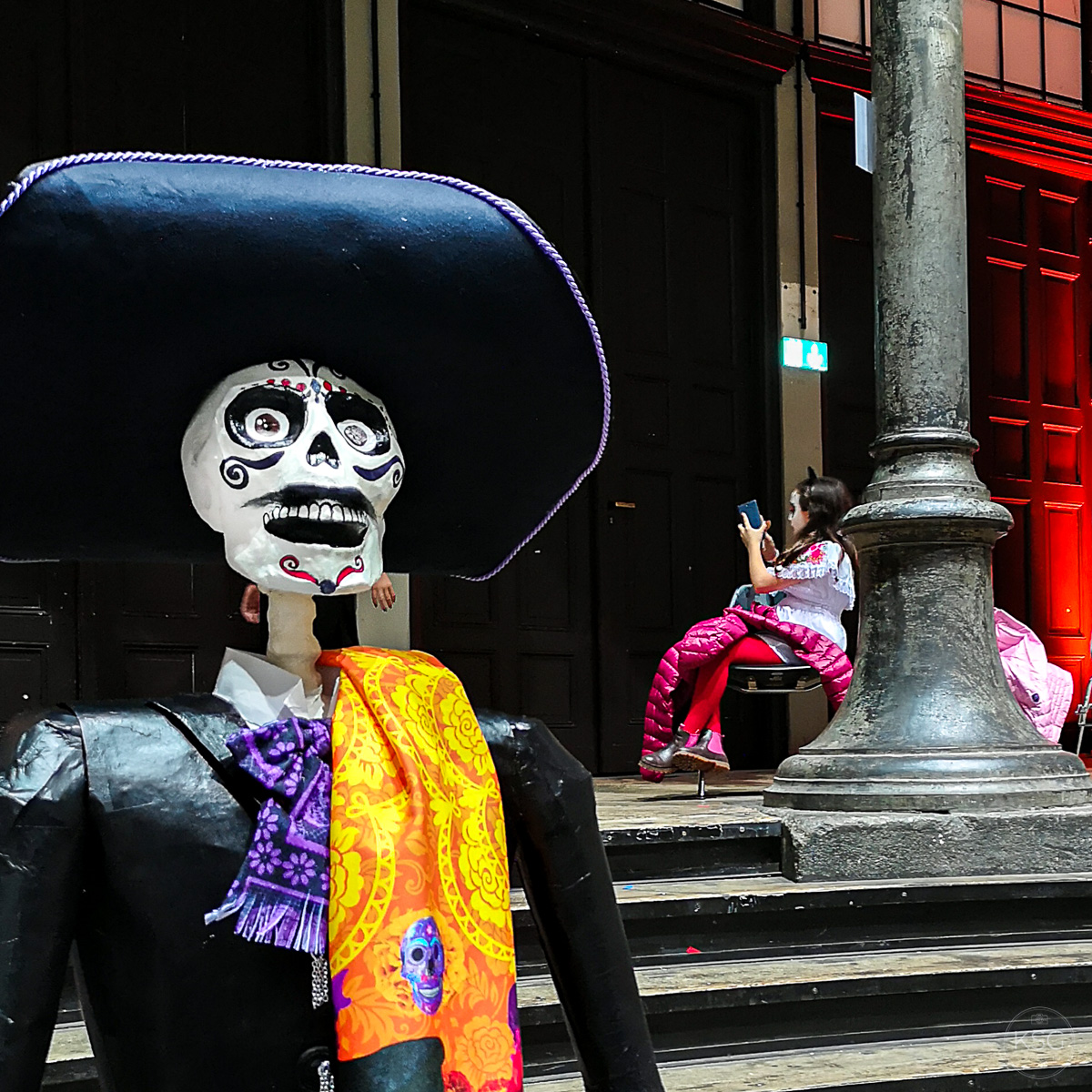
That same evening (bad planning?) another such party, hosted by Mexikayotl, a Mexican cultural association in Austria, was happening at the Kursalon. And if you want to check it out, TODAY, at the WUK, there is yet another Día de muertos party, starting at 3pm. This one is hosted by Mexihka Monenequi – Verein zur Förderung, Pflege und Lehre der Mexihka Kultur in cooperation with KuKeLe-Kulturen Kennen Lernen.
Since 2011, the Día de los Muertos en Austria festival has been held in Vienna as a symbol of internationality, multiculturalism and cosmopolitanism. Mexican food and artists are represented. It was great to watch the joyous dances of the Mexican folcloric dancers.
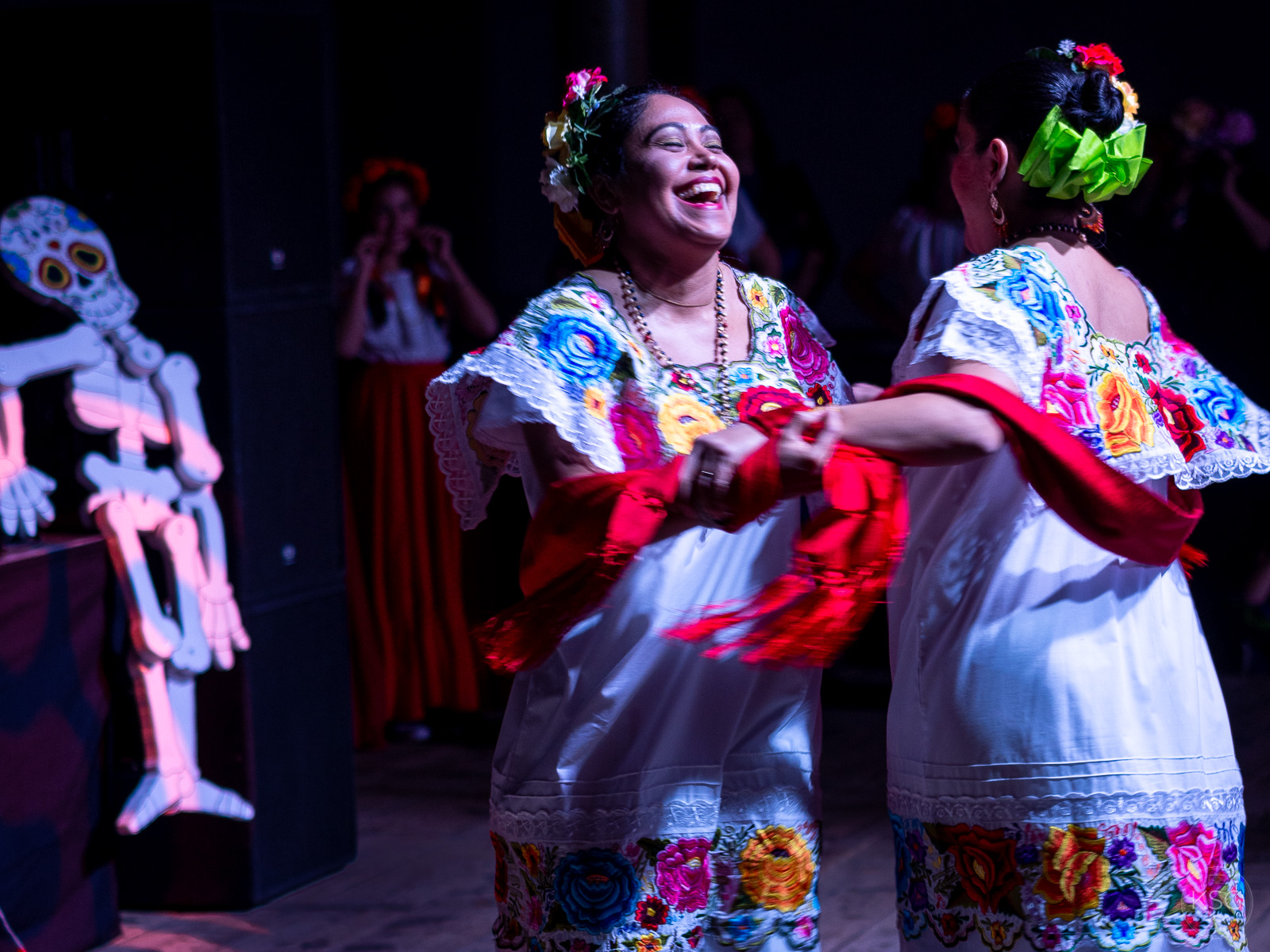
La muerte (death) is the theme, but the purpose of the celebration is to show love and respect for deceased family members and friends. The belief is that once a year the dead return to life on earth to celebrate with their loved ones.
The women are often painted with skull masks representing “la Catrina”. José Guadalupe Posada, who was a famous Mexican political printmaker and engraver (today he would be a cartoonist) created a famous print of a figure he called La Calavera Catrina (“The Elegant Skull”) as a parody of a Mexican upper-class female. His striking image of a costumed female with a skeleton face has become associated with the Day of the Dead, and so Catrina figures often are a prominent part of modern Day of the Dead observances.
The Semperdepot, a historic venue
After a few years at the Weltmuseum Wien, the Día de Muertos festival 2018 took place in the architecturally impressive venue of the Academy of Fine Arts (Atelierhaus der Akademie der bildenden Künste Wien), the former Semperdepot.
The architect Gottfried Semper had erected the new royal court theater in Dresden between 1838 and 1841 and after the fire of 1871 he had also directed the second building of the famous Semperoper (a place on my list to visit). Then he came to Vienna to build some buildings here with Carl Freiherr von Hasenauer for the imperial court, and among them was also the Semperdepot, built in Historis style like all his other buildings.
In its first phase, the building served mainly as a production location and stage depot for theater decorations and scenery, especially for the opera and the Burgtheater. But the theatre workshops moved out in 1952, and for a while it seemd the building would be torn down. Thankfully the Federal Monuments Office objected to such plans, and in 1990, the building was handed over to the Academy of Fine Arts and restoration works began and were completed in 1995. Now the building is used for all kinds of events, ranging from fairs to concerts to festivals such as this one.
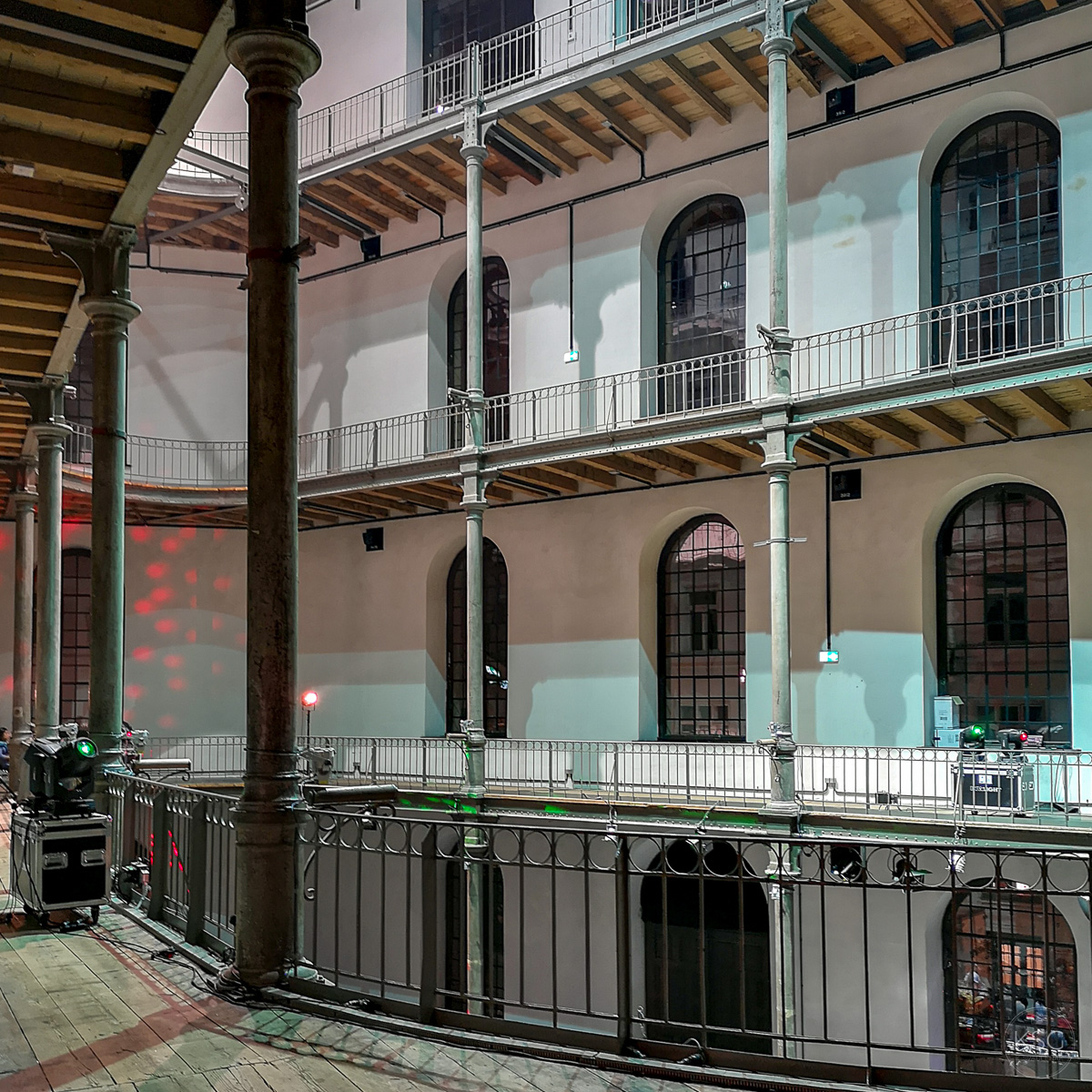
Since 1989, the basement of the building also houses the Glyptothek of the Academy of Fine Arts, a high-quality collection of plaster casts of famous sculptures. This exhibits can be visited by appointment in guided tours. I went there the other day, it is really quite interesting.
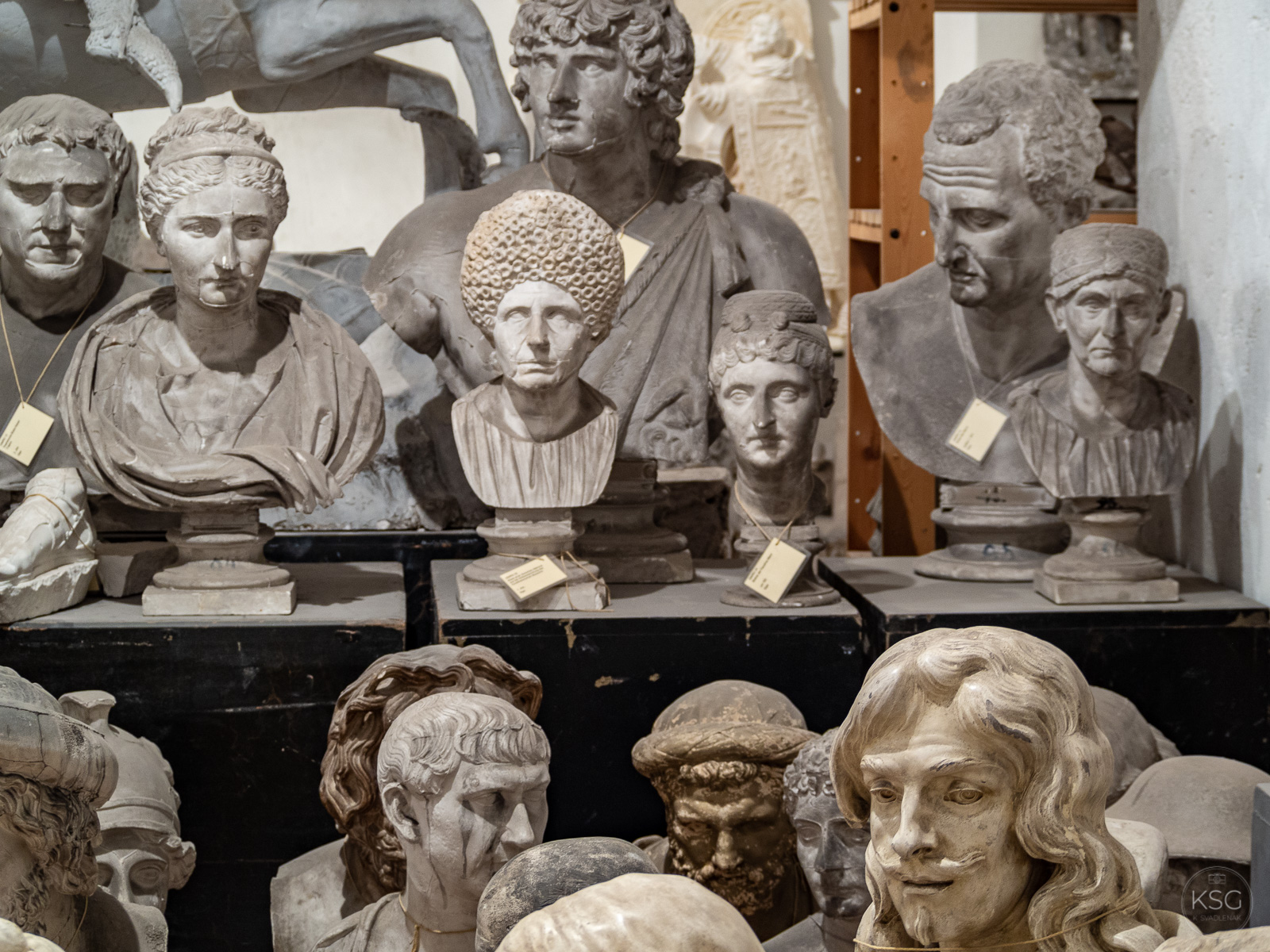
Indigenous heritage
In 2008, UNESCO included the Día de Muertos in the Representative List of the Intangible Cultural Heritage of Humanity. That´s quite a mouthful, but it just means that they recognized it as an important tradition with historic roots. In its origins these celebrations go back to the indigenous peoples of Southern Mexico. Today, it is celebrated on multiple days by all Mexicans, regardless of creed or ethnic origin.
The Día de Muertos originated several thousand years ago in the cultures of the Aztecs, Toltecs, the Nahuas and other peoples, who found the mourning of their dead disrespectful. For these pre-Hispanic cultures, death was a natural phase in the long continuum of life. The dead were still considered members of the community and were kept alive in their minds and memories.
Although before the colonisation of Mexico by Spain it was celebrated in the summer, nowadays Día de Muertos coincides with the Western Christian holidays of Allhallowtide: All Saints’ Eve, All Saints’ Day, and All Souls’ Day. Or, Halloween!
Of course, the Mexican celebrations are no strangers to graveyards either. Altars for the dead are set up, and often grave stones have to serve as such, as many people celebrate directly at the cemetery. On the altar the family and friends then place favorite foods of the deceased, photos, flowers, candles, and, importantly, Calaveras de Dulce (skulls of sugar or chocolate) with the name of the deceased on the forehead. Also a key ingredient is the pan de Muerto, the “bread of the dead”.
So what about Halloween?
I am no stranger nor enemy to Halloween. I lived in the United States for many years, and so of course my children grew up going door to door and begging for sweets in “scary” costumes, threatening tricks if they are not given a treat. Our neighborhood on that day was full of skeletons, glowing pumpkins with evil faces (the “jack-o-lantern”), witches, and artificial gravestones with eerie sound effects were set up in yards with gleaming lights. It was quite fantastic.
It is said that many Halloween traditions originated from ancient Celtic harvest festivals, particularly the Gaelic festival Samhain. Such festivals may have had pagan roots and Samhain was possibly Christianized as Halloween by the early Christian Church. Halloween celebrations were originally limited to the Irish and Scottish immigrant communities during the mid-19th century, and from there it was gradually assimilated into mainstream society. By the early 20th century it had spread to people of all social, racial and religious backgrounds.
The pumpkin carving into Jack-o’-lanterns stems from a tradition to carry such lit-up pumpkin lanters in disguise on All Hallows’ Eve in order to frighten away evil spirits. According to an Irish folktale, this Jack represents a wandering soul who has been denied entry into both heaven and hell after making a pact with the devil. A little curio here: In Ireland and Scotland it used to be a turnip that was carved during Halloween, but immigrants to North America used the softer, larger, and easier to carve native pumpkin instead – and so it spread.
The practice of trick-or-treating, commercial as it is today, has a longer history than one might think. In Scotland and Ireland children have been disguising and going from door to door for food or coins at least since 1895. In the United States, there are references to this ritualised begging for treats dating back to 1911, but appears to have become popular only from the 1930s.
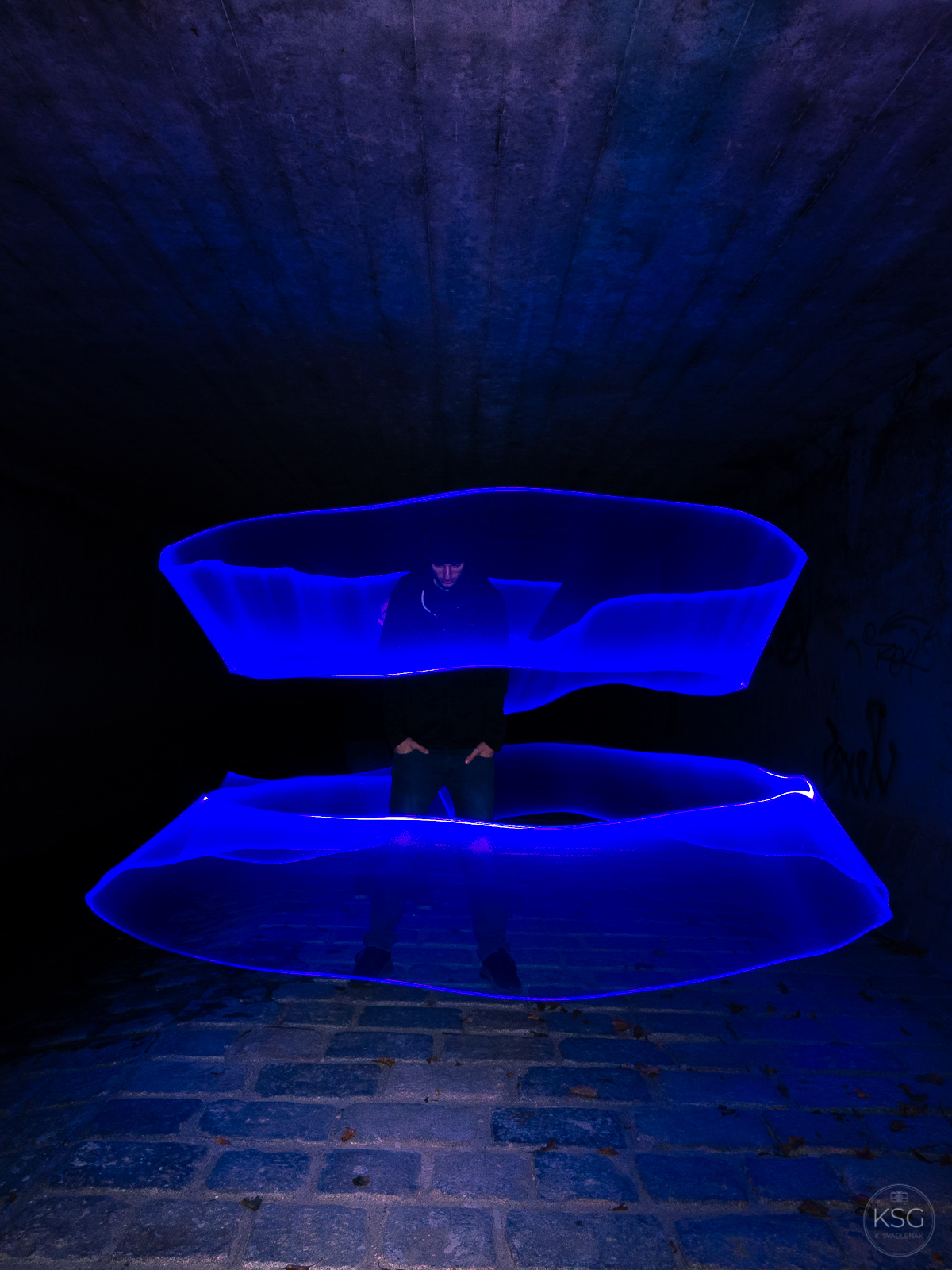
Looking spooky here in a blue light veil costume, although he is otherwise quite unscary, is my Instagramer buddy Oxymor0n.
So with that bit of a history lesson, Happy Halloween, or, feliz Día de Muertos! Maybe next time we think about our dead, we can keep a bit of that joyful Mexican spirit in our hearts.
Sources: Wikipedia, Culturalatina.at, National Geographic, Event pages on Facebook







Excellent! I thought I knew a lot about Día de los Muertos at least but you have taught me a lot. What I like about this holiday is the joy, the color, the fun, and the respect!!!
LikeLiked by 1 person
[…] wrote quite a detailed blog about the background of Día de los Muertos (the day of the dead) last year, when I took part in the festivities at Semper Depot, so I will not […]
LikeLike